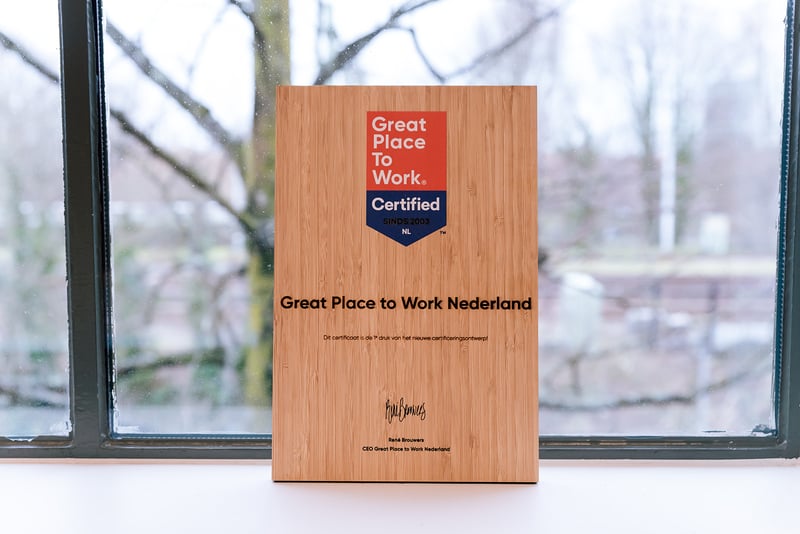Culture Audit™
In the Culture Audit, you provide insight into your organization’s culture through six open-ended questions. These questions focus on trust, core values, leadership, maximizing everyone’s potential, and innovation.
For organizations in the Large category (500 or more employees), completing the Culture Audit is required in order to be eligible for the title of Best Workplace.
Below, you’ll find the key deadlines for this year’s list, along with tips and explanations for each question.

Timeline 2025-2026
You can submit Culture Audit throughout the year. Here are the key dates for 2025-2026:
February 1st, 2026
Culture Audit deadline.
March-April 2026
In March and April, we will evaluate all Culture Audits.
April 2026
You'll hear if your organization made the list of Best Workplaces 2026.
June 2026
You'll find out which position your organization finished in.
The 6 themes of the Culture Audit
What key qualities make your organization a great place to work? How do you create this unique environment, and why do you do it?
Advice on answering this question:
-
Describe what you stand for as an organization and how this reflects in your day-to-day operations. Also show what makes your organization unique or what makes you different from similar organizations.
-
Illustrate, using three key programs or initiatives, how you create a culture of trust. Also indicate how your organization's philosophy and values form the basis of this.
-
Focus on programs and initiatives for specific groups, or on specific programs and initiatives that are open to all.
-
Show in what ways these programs and initiatives are personal, rather than generic and impersonal.
-
Back up your story with data and statistics: what positive impact are the programs and initiatives having on your people and the organization?
How do you ensure everyone, regardless of who they are or what job they do, is a full member of your organization and can reach their highest potential?
Advice on answering this question:
-
Explain how conditions, initiatives and/or programs address the unique needs of employees, such as by job title, position, age and years of service.
-
Describe how the For All™ culture influences recruitment, onboarding and development opportunities, ensuring everyone's talent is utilized.
-
Describe what you do to ensure that people feel treated fairly, are fully part of the organization and are valued on a consistent basis.
-
Describe how you ensure that leaders take an inclusive approach.
-
Explain how this culture and programs impact and benefit the organization. When possible, substantiate this with specific examples and statistics.
What are your organization’s values or guiding principles? Please share three specific examples of how you have put them into practice.
Advice on answering this question:
-
Tell how your unique organizational (culture) is characterized by these values.
-
Describe how these values are expressed in daily practice. For example, how do they play a role in new employee onboarding, decision-making and leadership development?
-
Show in what ways these values influence decision making, especially strategic and/or difficult decisions.
What is your strategy and philosophy for ensuring a successful business? How are strategy, business direction, and goals developed and communicated across the organization?
Advice on answering this question:
-
Name all the fundamental principles that form a bridge between organizational decisions and strategy. For example, consider your organization's vision and mission.
-
Describe who and what influences changes in strategy, direction and goals.
-
Using examples, make clear how you develop strategy, direction and goals. Also indicate who will be involved.
-
Describe how the strategy is implemented and communicated throughout all levels of the organization. Also tell how management is empowered to translate the strategy into what it means for employees.
-
Share how individuals identify and connect with the strategy, direction and goals in their daily work.
How does your organization involve employees in developing new ideas and better ways of doing things that result in real improvements to your business performance?
Advice on answering this question:
-
Don't get stuck on the word "innovation". Similar terms are "empowerment," "continuous improvement," "being a learning organization," and so on. Share how you facilitate your people when it comes to innovating and improving.
-
Share how you encourage, recognize and reward innovation with specific examples of systems, training and resources that are the foundation of your approach.
-
Provide examples of ways that demonstrate that a wide range of people in your organization are involved in innovation.
-
Illustrate through various examples how employees have shared new ideas and how they have added value to your organization.
-
Share specific statistics that show the impact of innovation on your organization (for example: number of new products or services per month, profitability of a new product or service, and so on).
What bold act of leadership has your organization taken to improve the root conditions necessary to create great workplaces for all in your organization or the community at large? How has this impacted your people and business? And how has this impacted your community?
Share specific examples, answering the following questions:
-
Who are the actions and choices impacting (internally and/or externally) and how?
-
Why were these choices made?
-
How do these actions contribute to creating a Great Place To Work For All?
-
What is the scope of the actions and what investments (time/money) and/or risks (image, capital) are involved?
Advice on answering this question:
-
Share data and supporting evidence rather than ambitions. For example: is the action a one-off or for a longer duration?
-
Look beyond your CSR policy and share information about projects that involve a particular risk.



/GPTWNL-NinaVanVliet-85.jpg?width=800&name=GPTWNL-NinaVanVliet-85.jpg)

